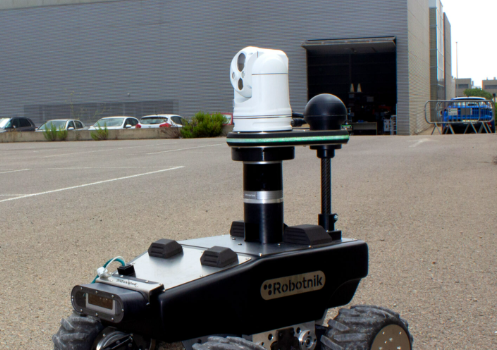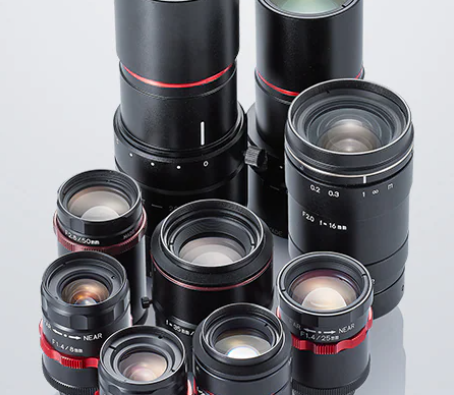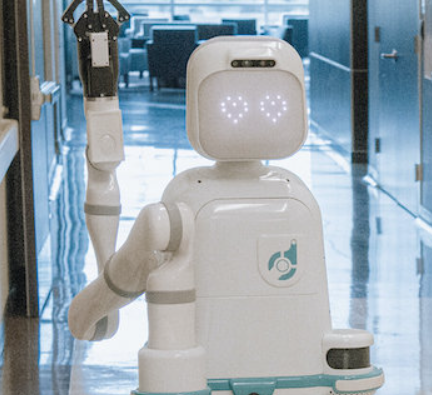
In an age where technology is reshaping every industry, security is no exception. Enter the robotic guard—a compact, highly capable machine built to patrol and protect both indoor and outdoor environments. Standing less than a meter tall and just 600 mm wide, these robots are engineered to navigate even the tightest spaces while delivering high-level surveillance, detection, and incident response.
Understanding the Role of Robotic Security Guards
Robotic security guards, also known as patrol or surveillance robots, are autonomous machines designed to monitor and safeguard various areas. Whether deployed inside buildings or outside across vast spaces, these robots adapt to different terrains and conditions with ease.
Equipped with an array of advanced sensors—such as cameras, thermal detectors, microphones, and motion sensors—these machines can identify anomalies like suspicious items, irregular heat signatures, or unusual movements. Their real strength lies in mobility and data integration. Unlike fixed cameras or sensors, mobile robots can patrol wide areas, eliminating the need for multiple static devices. They seamlessly connect to centralized security systems, offering live feeds and real-time data processing, enabling swift and informed decision-making.
One of their standout features is autonomous navigation. These robots can independently maneuver around obstacles and dynamically adjust to new layouts without human guidance. Additionally, they come with built-in alert systems—such as sirens, lights, and sound emitters—to address threats immediately and effectively.
Humans and Robots: A Complementary Alliance
While some may view robotic guards as a replacement for human security personnel, the reality is more nuanced. Human guards offer invaluable instincts, emotional intelligence, and decision-making skills—traits that robots currently cannot replicate. However, people are limited by fatigue, emotional stress, and physical constraints.
Robots, on the other hand, don’t require rest (aside from charging), and they maintain consistent performance around the clock. This makes them ideal partners rather than replacements. By handling repetitive and extensive patrol duties, robots allow human guards to focus on complex tasks that require judgment and empathy.
This synergy is already raising the bar for security standards, combining the strengths of both human intuition and robotic precision.
Where Are Robotic Guards Being Used?
The flexibility and robustness of robotic guards make them suitable for a wide array of applications:
- Industrial Settings: Robots monitor machinery, detect leaks, and ensure safety in environments like factories and power plants.
- Retail and Commercial Spaces: Shops and malls use robots to deter theft and vandalism while enhancing overall site security.
- Construction Sites: Frequently targeted for equipment theft, these sites benefit from robotic patrols that spot unauthorized activity after hours.
- Healthcare Facilities: Hospitals deploy surveillance robots to oversee restricted zones, enforce hygiene protocols, and support staff in high-security areas.
- Educational Institutions: While initially disruptive, robotic guards now help secure campuses and school buildings, ensuring student and staff safety.
- Public Areas: Despite legal uncertainties in many countries, urban deployments—such as in parks or transportation hubs—show promising results in crime reduction when compared to traditional CCTV.
The Future of Surveillance
Robotic security guards are quickly becoming a mainstay in the world of perimeter protection. Their reliability, adaptability, and technological sophistication make them invaluable assets in securing various environments. As technology continues to evolve, these robotic allies will only become more advanced, cementing their role alongside human guards in creating safer spaces.












